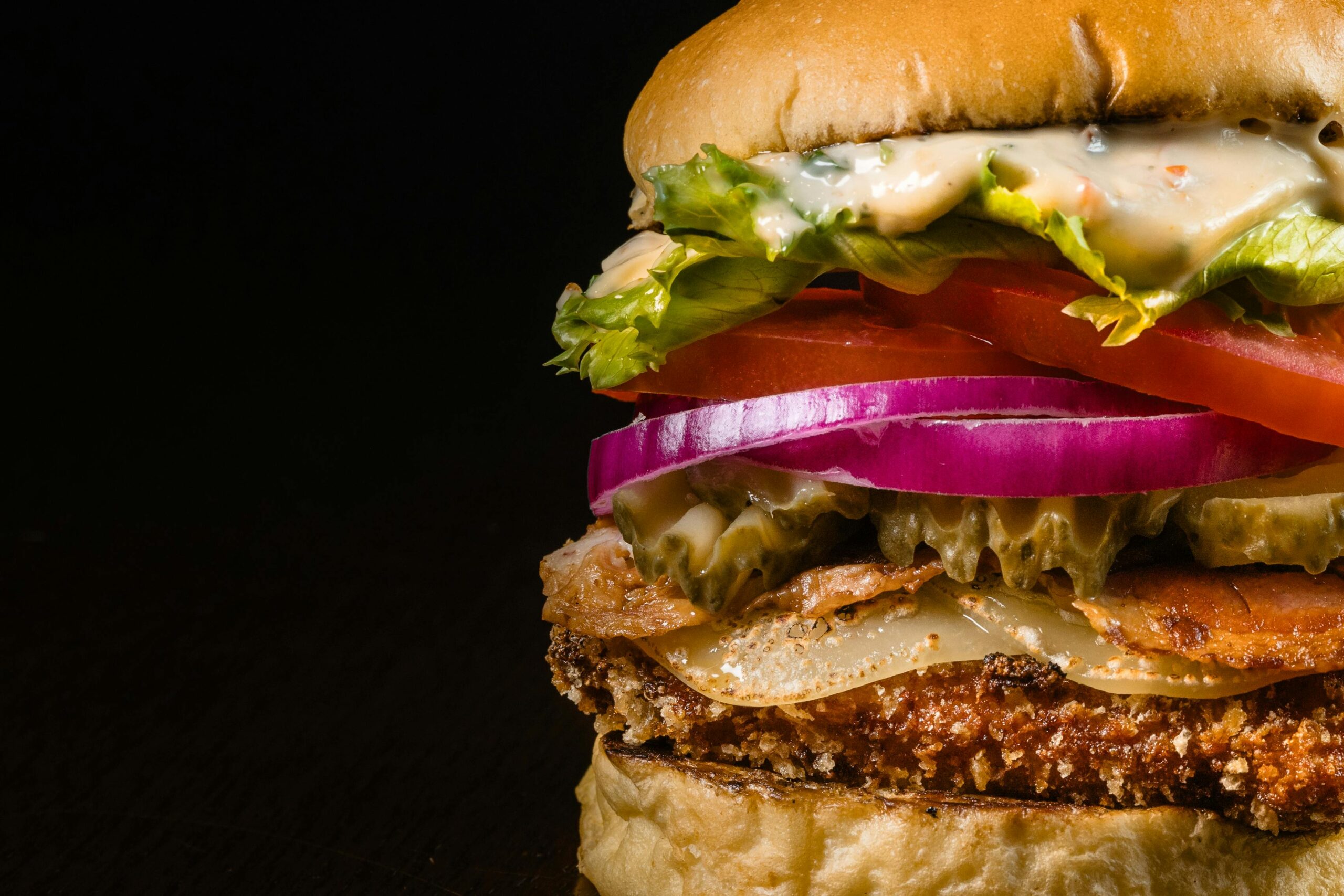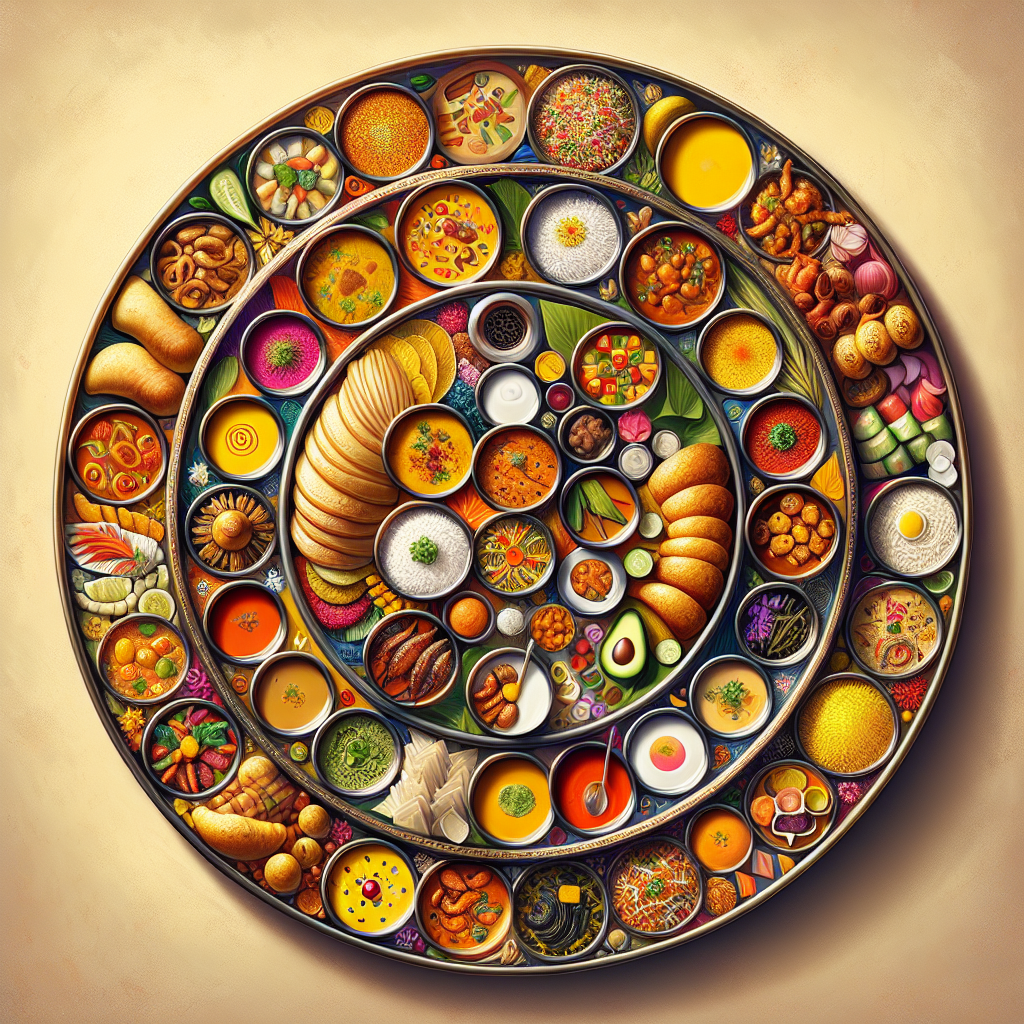Experience the rich and vibrant flavors of India as you delve into the culinary diversity of its East vs. West cuisine. From the fragrant spices of Bengal and Assam to the coastal dishes of Goa and Kerala, each region offers a unique gastronomic adventure. Discover the traditional cooking techniques, local ingredients, and unique flavor profiles that make Indian cuisine a true delight for the senses. Join us on a mouthwatering journey through the diverse culinary landscapes of India, where you’ll uncover the hidden gems of this remarkable food culture.

North Indian Cuisine
History and Influences
North Indian cuisine has a rich history that dates back several centuries. The cuisine has been influenced by various invaders and dynasties, including the Mughals, Turks, and Persians. These influences can be seen in the rich and aromatic dishes that are characteristic of North Indian cuisine.
Ingredients and Flavors
North Indian cuisine is known for its vibrant flavors and the use of aromatic spices. Some common ingredients used in North Indian dishes include wheat, rice, lentils, vegetables, and dairy products like yogurt and ghee. The flavors are often bold and spicy, with the use of spices such as cardamom, cinnamon, cumin, cloves, and coriander.
Traditional Dishes
Some of the most popular dishes in North Indian cuisine include butter chicken, biryani, naan, tandoori chicken, paneer tikka, and chole bhature. These dishes are known for their rich flavors, creamy textures, and indulgent preparations. North Indian cuisine offers a wide range of vegetarian and non-vegetarian options, making it a favorite among food lovers.
South Indian Cuisine
Historical Background
South Indian cuisine has a long and vibrant history that has been shaped by the region’s geography and cultural influences. The cuisine is characterized by its use of rice, lentils, and coconut, which are plentiful in South India. The cuisine has been influenced by Dravidian, Chola, and Chera dynasties, as well as Arab and European traders.
Unique Ingredients and Flavors
South Indian cuisine is known for its unique ingredients and flavors. Coconut, tamarind, curry leaves, and mustard seeds are commonly used in South Indian dishes, giving them a distinctly tangy and flavorful taste. The cuisine also makes extensive use of lentils, which are used in the preparation of dosas, idlis, and vadas.
Famous Dishes
Some of the most famous dishes in South Indian cuisine include dosa, idli, vada, sambar, rasam, and uttapam. These dishes are known for their light and healthy preparations, as well as their delicious flavors. The use of coconut in many South Indian dishes adds a creamy and tropical touch to the cuisine.

Eastern Indian Cuisine
Historical Significance
Eastern Indian cuisine has a long and storied history that can be traced back to ancient kingdoms and empires. The cuisine has been influenced by the Maurya Empire, the Mughal Empire, and the British Raj. Eastern Indian cuisine is known for its delicate flavors and the use of mustard oil, which is a staple in the region.
Distinctive Ingredients and Flavors
Eastern Indian cuisine is known for its distinctive ingredients and flavors. Mustard oil, panch phoron (a blend of five spices), and posto (poppy seeds) are commonly used in Eastern Indian dishes. The cuisine also makes use of fish and seafood, as the region is situated on the Bay of Bengal.
Notable Dishes
Some of the notable dishes in Eastern Indian cuisine include macher jhol (fish curry), chingri malai curry (prawn curry), shorshe ilish (hilsa fish in mustard sauce), sandesh (a sweet made from cottage cheese), and mishti doi (sweet yogurt). These dishes are known for their unique flavors and the use of local ingredients.
Western Indian Cuisine
Culinary Origins
Western Indian cuisine has its roots in the culinary traditions of the ancient Maratha and Gujarat kingdoms. The cuisine has also been influenced by the Portuguese and British colonial rule. Western Indian cuisine is known for its diverse range of flavors and the use of aromatic spices.
Traditional Ingredients and Flavors
Some of the traditional ingredients used in Western Indian cuisine include wheat, millet, chickpeas, lentils, and a variety of vegetables. The cuisine is known for its fiery and spicy flavors, with the use of spices such as red chili powder, turmeric, coriander, and cumin.
Popular Dishes
Some of the popular dishes in Western Indian cuisine include dhokla, vada pav, pav bhaji, thepla, khaman, and dabeli. These dishes are known for their bold flavors, unique textures, and the perfect balance of spices. Western Indian cuisine offers a wide variety of vegetarian and vegan options, making it a delightful choice for food enthusiasts.

Bengali Cuisine
Cultural Significance
Bengali cuisine holds a significant place in the cultural heritage of West Bengal, Bangladesh, and the Bengali diaspora. The cuisine is deeply rooted in Bengal’s history, art, literature, and religious celebrations. Bengali cuisine is known for its emphasis on fish and seafood, as well as its love for sweets.
Key Ingredients and Flavors
Bengali cuisine incorporates a wide range of ingredients, including mustard oil, fish, rice, lentils, vegetables, and spices. The flavors of Bengali dishes are often delicate and balanced, with a hint of sweetness. The use of spices such as mustard seeds, nigella seeds, and panch phoron adds a unique flavor profile to the cuisine.
Traditional Delicacies
Some of the traditional delicacies in Bengali cuisine include macher jhol (fish curry), shorshe ilish (hilsa fish in mustard sauce), chingri malai curry (prawn curry), shorshe and posto bata (mustard and poppy seed paste), and roshogolla (spongy cottage cheese balls in syrup). These dishes are a testament to the rich culinary heritage of Bengal.
Gujarati Cuisine
Cultural Influences
Gujarati cuisine has been influenced by various factors, including the Jain and Hindu religious beliefs, as well as the state’s agrarian lifestyle. The cuisine places an emphasis on vegetarianism and the use of locally sourced ingredients. Gujarati cuisine is known for its simplicity, versatility, and the use of different flavors in a single meal.
Characteristics of Gujarati Food
Gujarati food is characterized by its wide variety of dishes, all of which are vegetarian. The cuisine emphasizes the use of lentils, grains, vegetables, and dairy products. Gujarati cuisine is known for its sweet and savory flavors, with the use of ingredients such as jaggery, tamarind, fenugreek, and turmeric.
Famous Gujarati Dishes
Some of the famous dishes in Gujarati cuisine include dhokla, khandvi, thepla, undhiyu, handvo, and fafda. These dishes are known for their unique flavors, textures, and the perfect balance of sweet, savory, and spicy elements. Gujarati cuisine offers a culinary experience that is both light and satisfying.
Punjabi Cuisine
Rich Historical Background
Punjabi cuisine has a rich historical background that is deeply intertwined with the region’s agricultural heritage. The cuisine has been influenced by the Mughals, Persians, and Afghans, resulting in a unique blend of flavors and techniques. Punjabi cuisine is known for its hearty and indulgent preparations.
Distinctive Punjabi Ingredients and Flavors
Punjabi cuisine is characterized by the use of ingredients such as wheat, rice, lentils, dairy products, and a wide variety of spices. The flavors of Punjabi dishes are bold, robust, and often spicy. The cuisine makes generous use of spices such as garam masala, coriander powder, and fenugreek leaves.
Signature Dishes
Some of the signature dishes in Punjabi cuisine include butter chicken, sarson da saag and makki di roti (mustard greens with cornbread), chole bhature, paneer tikka, and rajma chawal (kidney beans with rice). These dishes are known for their rich and indulgent flavors, as well as their generous use of dairy products.
Kerala Cuisine
Historical Evolution
Kerala cuisine has evolved over centuries, influenced by trade, colonization, and the region’s geography. The cuisine is known for its coastal flavors, abundant use of spices, and the unique combination of flavors. Kerala cuisine emphasizes the use of locally sourced ingredients such as rice, coconuts, and seafood.
Noteworthy Ingredients and Flavors
Kerala cuisine is known for its use of coconut, curry leaves, tamarind, and spices such as black pepper, cardamom, and cinnamon. The flavors are often a delightful blend of spicy, sour, and tangy notes. The cuisine also makes use of a wide variety of seafood, including fish, prawns, and crabs.
Traditional Kerala Dishes
Some of the traditional dishes in Kerala cuisine include appam with stew, puttu with kadala curry, fish molee, avial (mixed vegetable curry), and kappa biryani (tapioca biryani). These dishes showcase the diverse flavors and ingredients that Kerala cuisine has to offer. Kerala cuisine is known for its intricate preparations and the harmonious combination of flavors.
Rajasthani Cuisine
Historical Significance
Rajasthani cuisine holds a significant place in the cultural heritage of Rajasthan. The cuisine has been shaped by the region’s arid climate and the traditional lifestyle of its people. Rajasthani cuisine is known for its indulgent preparations, the use of ghee, and the unique blend of flavors.
Unique Ingredients and Flavors
Rajasthani cuisine makes use of ingredients such as bajra (millet), wheat, gram flour, lentils, and a variety of spices. The flavors of Rajasthani dishes are often spicy, with the use of spices such as red chili powder, turmeric, coriander, and cumin. The cuisine also makes use of dairy products like ghee and buttermilk.
Iconic Rajasthani Dishes
Some of the iconic dishes in Rajasthani cuisine include dal baati churma, gatte ki sabzi, ker sangri, laal maas, and pyaaz ki kachori. These dishes are known for their rich and indulgent flavors, as well as their unique preparations. Rajasthani cuisine offers a culinary experience that is both royal and flavorful.
Odisha Cuisine
Cultural Heritage
Odisha cuisine is deeply rooted in the cultural heritage of the region. The cuisine has been influenced by the Jagannath Temple in Puri and the state’s geography. Odia cuisine places an emphasis on vegetarianism and the use of locally available ingredients. The cuisine is known for its simplicity and the use of minimal spices.
Rare Ingredients and Flavors
Odisha cuisine makes use of rare ingredients such as panch phutana (a blend of five spices), mustard oil, and spices like turmeric, cinnamon, and cloves. The flavors of Odia dishes are often subtle and delicate, allowing the natural flavors of the ingredients to shine through. The cuisine also makes use of a wide variety of seafood, thanks to Odisha’s long coastline.
Popular Odia Dishes
Some of the popular dishes in Odisha cuisine include dalma (lentil and vegetable curry), chhena poda (caramelized cheese cake), macha bhaja (fried fish), chhena gaja (fried cottage cheese dessert), and rasabali (sweetened fried pancakes in cream). These dishes highlight the unique flavors and preparations that Odisha cuisine has to offer.
In conclusion, the diverse culinary traditions of India offer a rich tapestry of flavors, ingredients, and historical influences. From the bold and spicy dishes of North India to the delicate and tangy flavors of South India, each region’s cuisine tells a story of cultural heritage and gastronomical delight. Whether it is the tantalizing aromas of North Indian curries, or the simplicity and subtlety of Odia cuisine, the culinary diversity of India is a true treasure that has captivated food lovers around the world. So, grab a plate and get ready to embark on a mouthwatering journey through the flavors of India.

